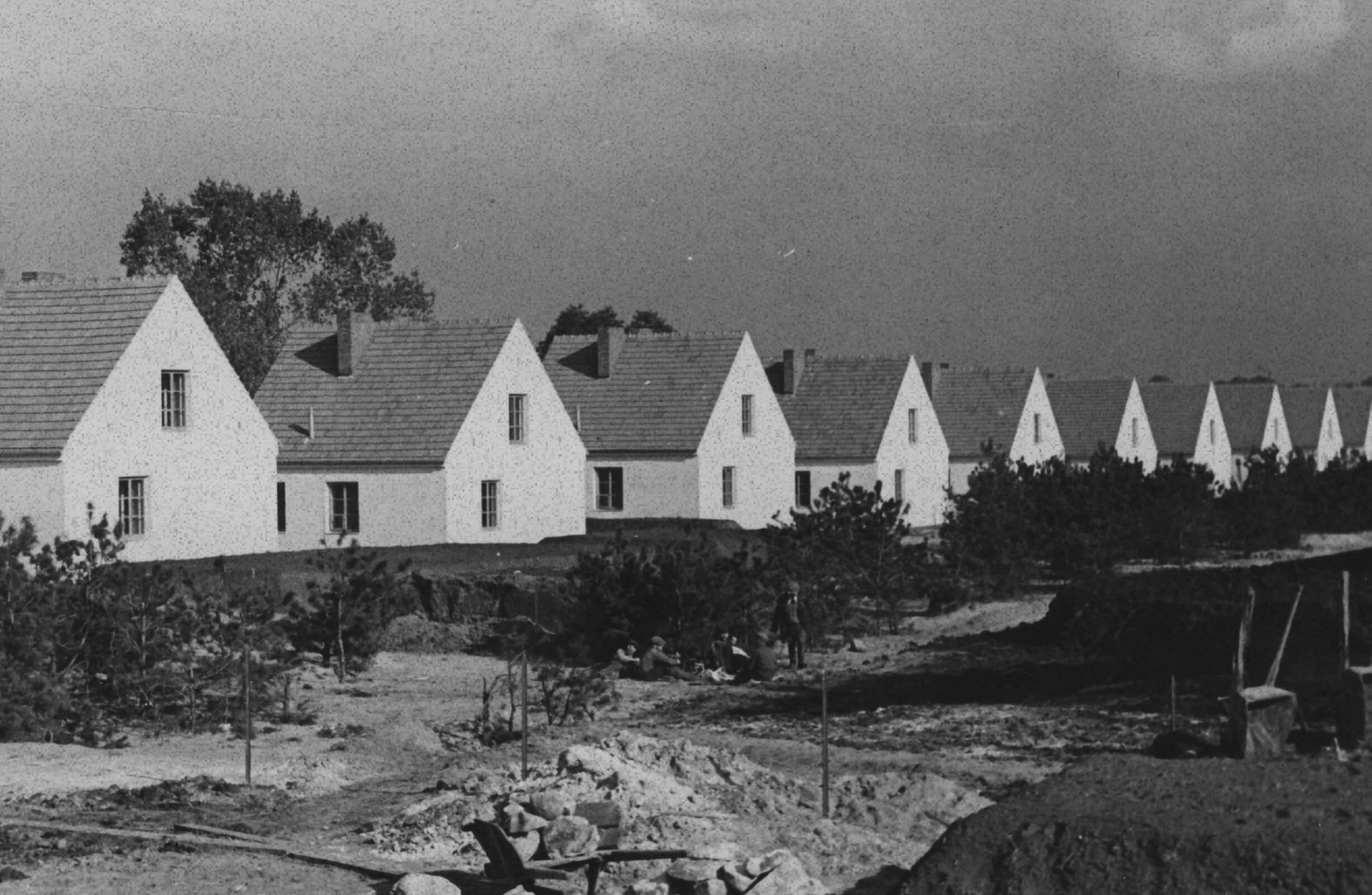
A social housing exhibition
In your own home
Among the fields of lupine and rye, at a distance of several kilometers from the center of Warsaw, at the place where the lanky buildings of the suburbs, stretched out to the west, end, a pleasing contrast absorbs the eye, the rows of new plan-built houses of the settlement at the Circle. This contrast reflects the social value of the housing problem to which the Building and Housing Exhibition at the Circle was devoted, a reporter for the Warsaw newspaper, Tygodnik Ilustrowany, described in 1935”.
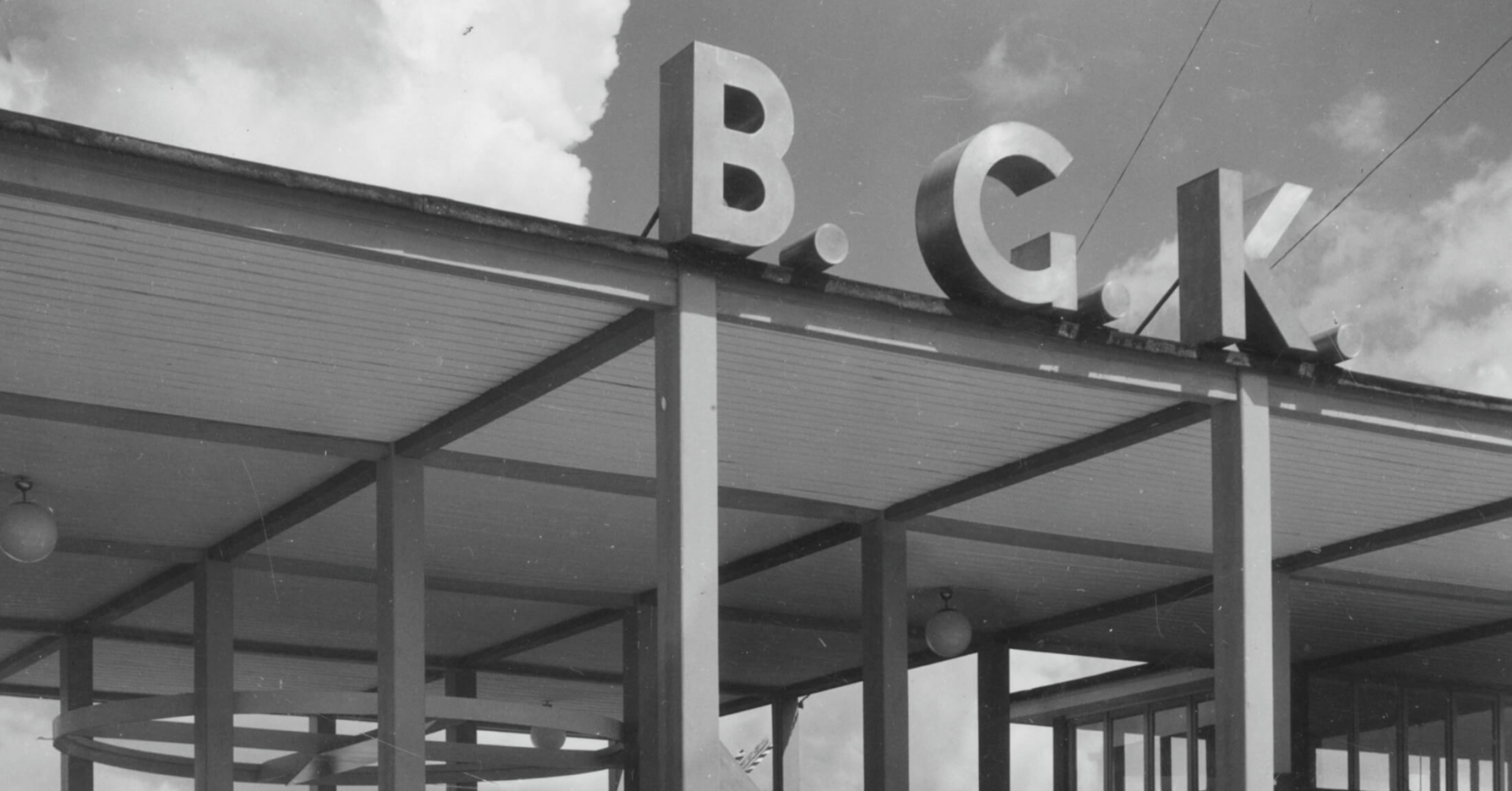
The exhibition was organized by Bank Gospodarstwa Krajowego, which was established in 1924 as a financial support for the developing Polish economy, moments after the country regained its independence. After the turbulent period of the formation of the new state and the consequences of the Great Depression, it became necessary to provide the economy with an investor who would not be afraid of major infrastructural investments and – as we would say today – social investments.
Therefore, in addition to the Railway, Road or Land Reclamation Fund, a Construction Fund was established at BGK. Funds from it were to support housing construction, especially the construction of apartment blocks for the poorest and middle-income earners. The housing famine resulted from the enormity of wartime destruction and earlier neglect from the partition period. It is calculated that nearly two million residential buildings were destroyed during the war effort.
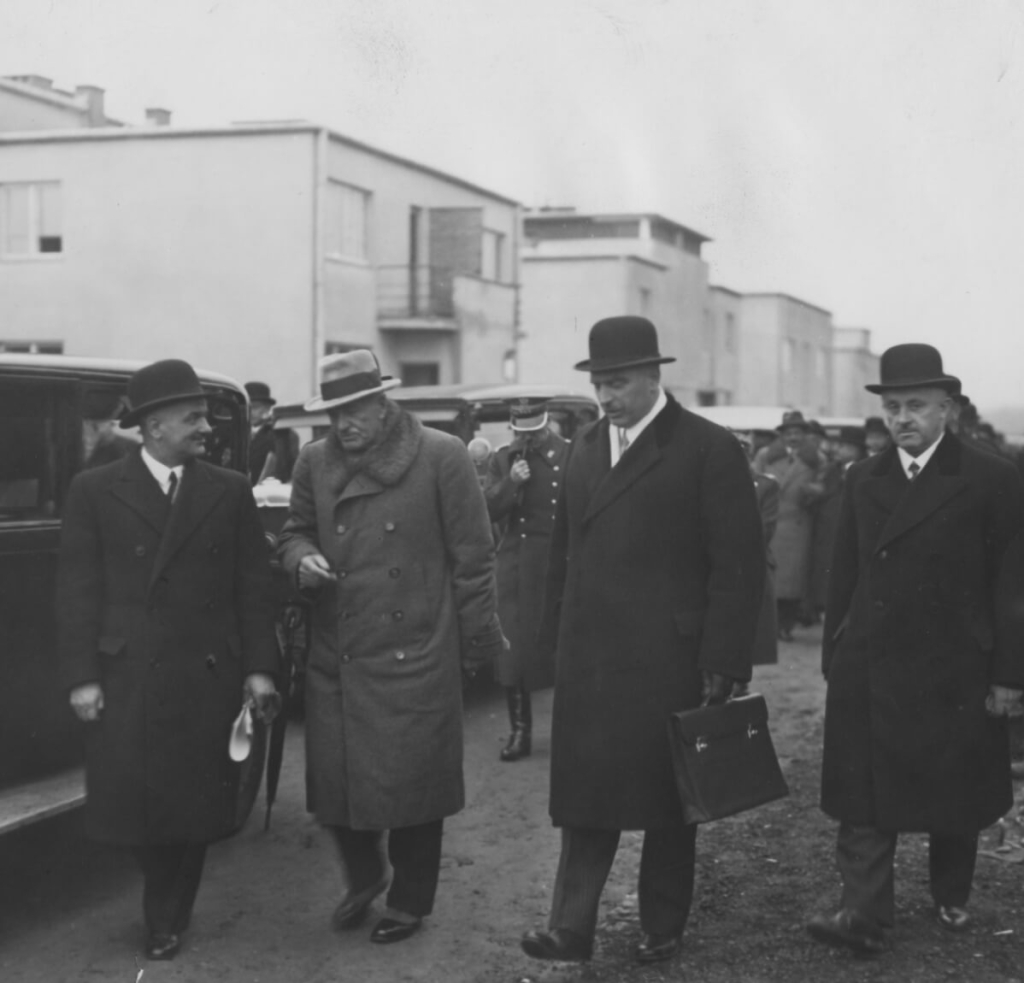
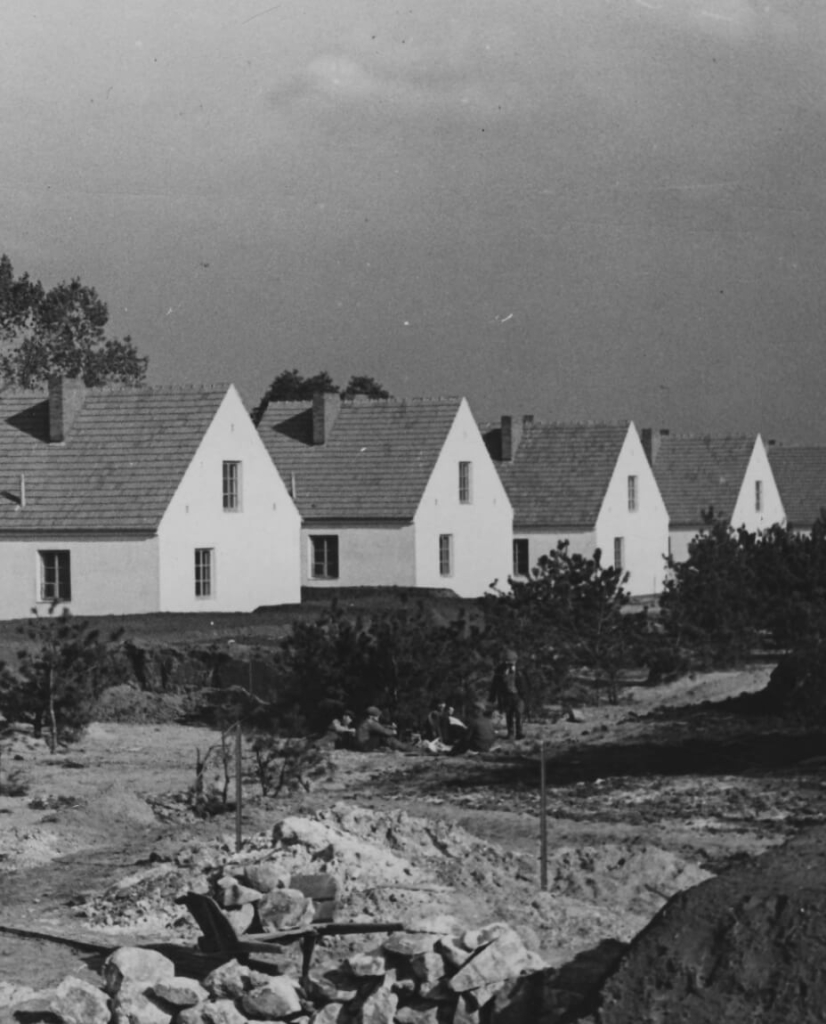
And where did the idea for the housing exhibition itself come from? Well, events of this type were a popular way in the 1920s and 1930s to promote new architectural currents and low-cost social housing.
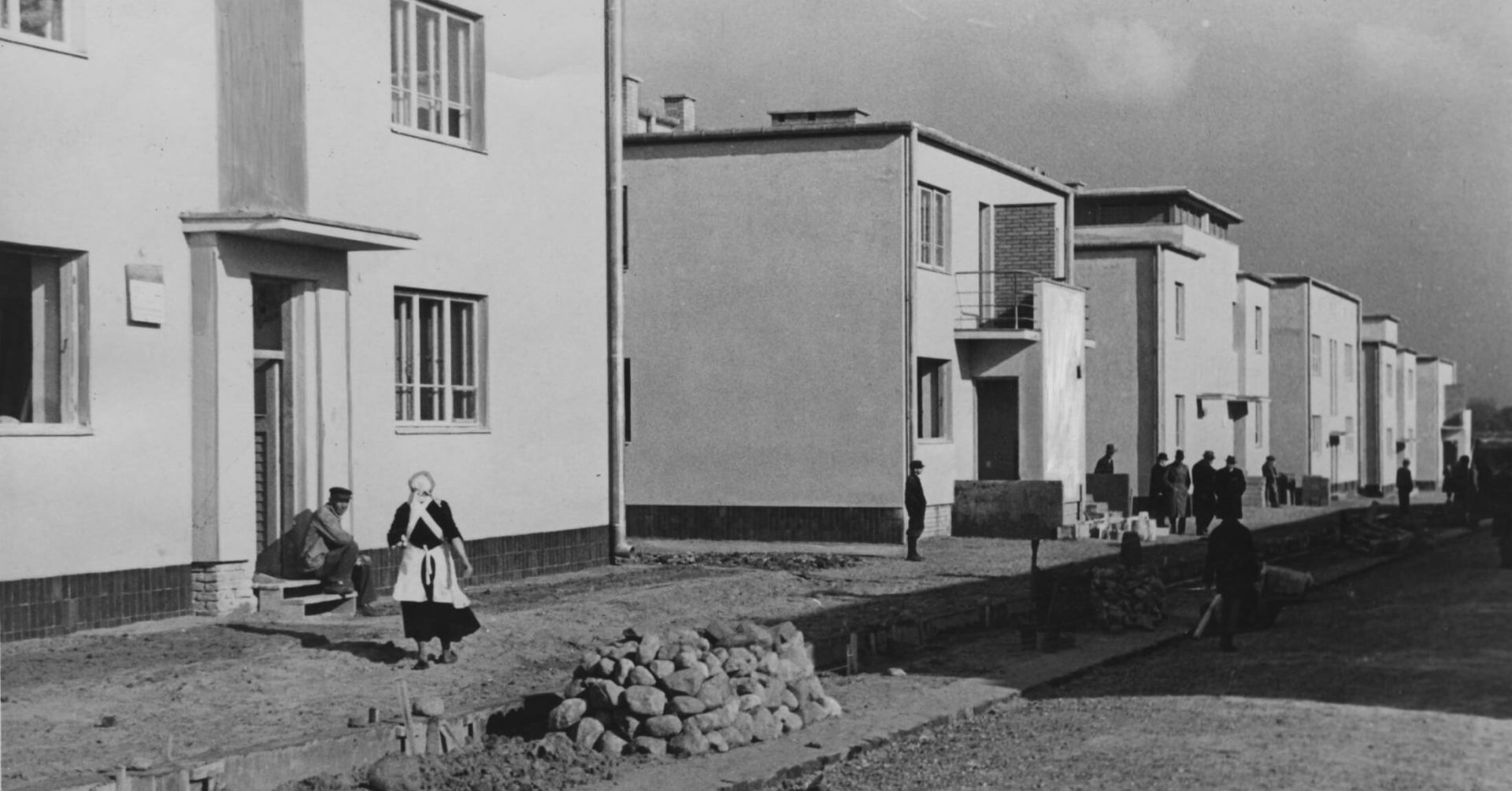
This initiative by BGK was the first comprehensive development of its kind in Poland. In the then-peripheral Koło district (located six kilometers from the center of Warsaw), a ready-to-home estate was erected on raw land, which consisted of a complex of twenty single-family houses, six semi-detached houses and two terraced houses. The estate apartments were fully furnished and equipped with essential appliances. Before the opening of the exhibition, the surrounding area was developed, even with a tramline. It is worth noting that this approach is still not the rule today.
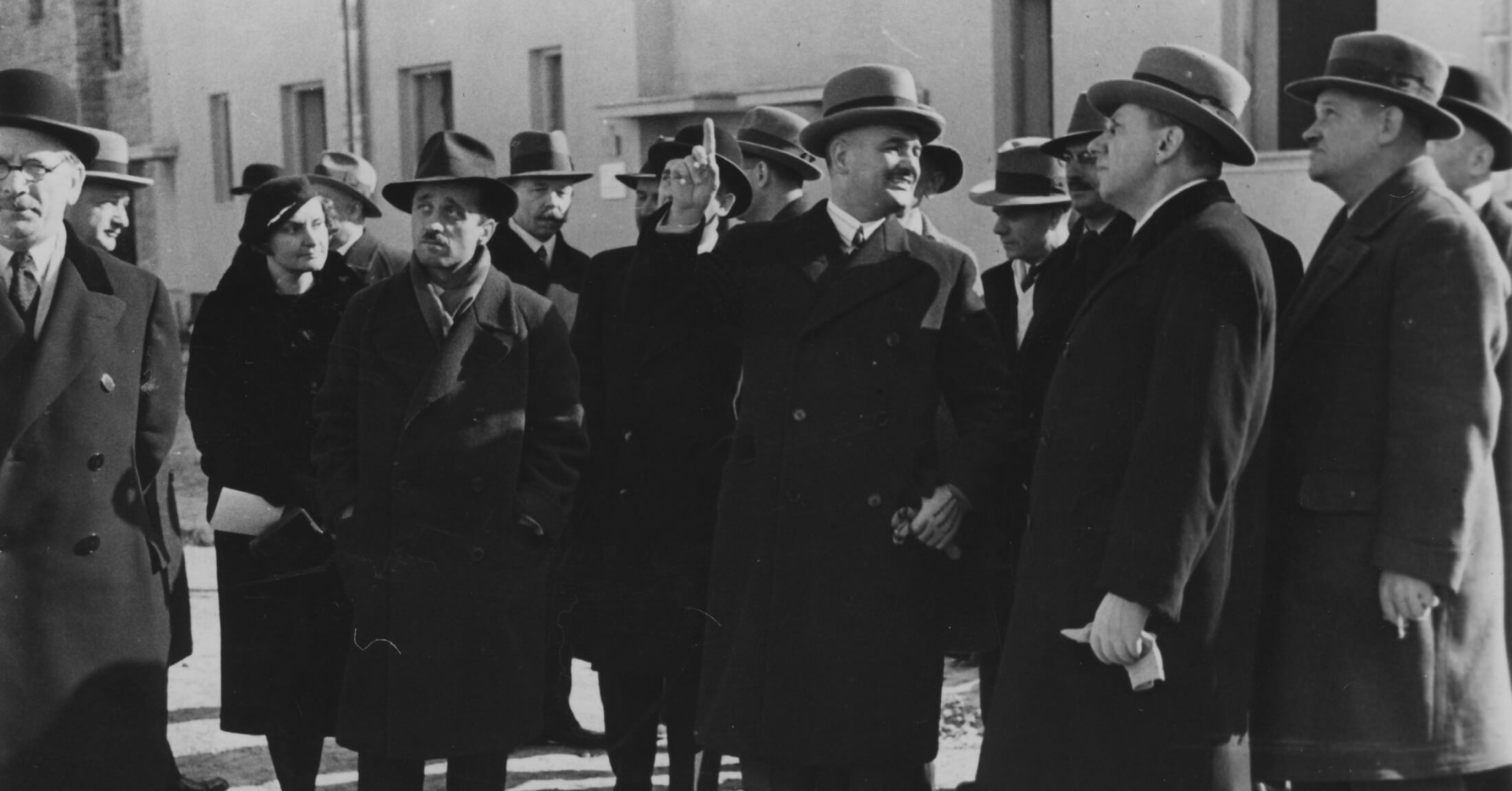
Adequate promotion was not forgotten either. The Association of Tourist Propaganda of the City of Warsaw issued a poster designed by the “Lewitt – Him” company. The Warsaw-based company of graphic designers Jan Le Witt and Jerzy Him, graphic artists and poster designers, had been active in London since 1937. Before emigrating, Jan Le Witt managed to create, among other things, illustrations for the children’s book Locomotive by Julian Tuwim. Most likely, every Polish child knows them. In 1929 he also designed the Hebrew typeface Chaim, which corresponded to Latin sans serif typefaces.
The designs for the houses and interiors came from two architectural competitions held by BGK in 1933. All the competition entries that were awarded and purchased by BGK were included in the ‘Catalogue of typical houses for small-scale housing’, which the bank published in 1934. Once cut out, they were to be used to visualise the different ways of arranging the interiors shown on the plans. After the exhibition, which lasted until September 1935, the first tenants moved into the houses. BGK provided favourable loans for the purchase of the apartments.
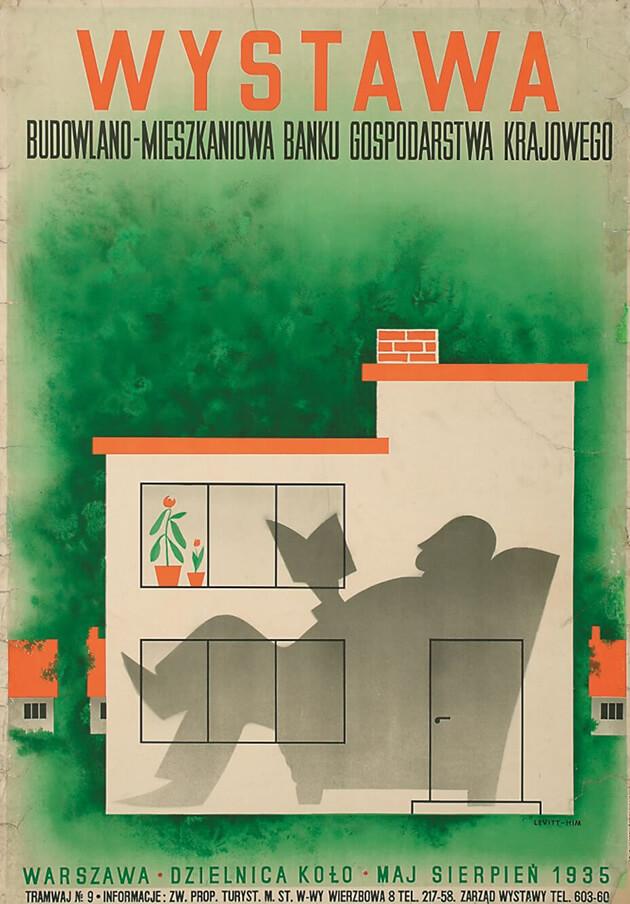
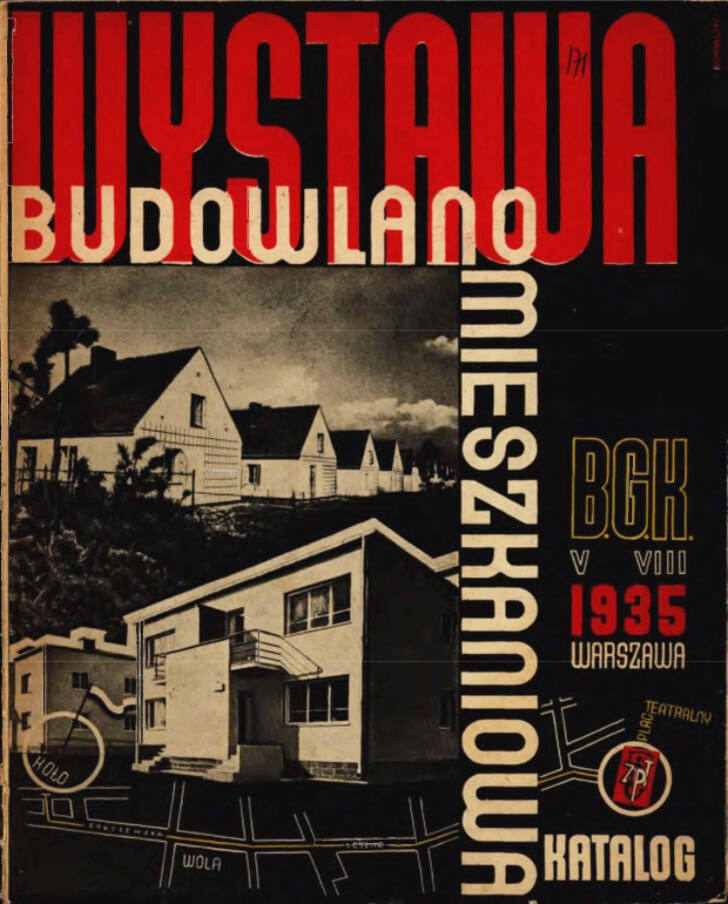
A solution of this kind was needed. After all, the housing deficit of a society economically devastated by the effects of the war and the financial crisis of the 1920s could not be solved only by a bottom-up social initiative such as housing cooperatives or individual investments.
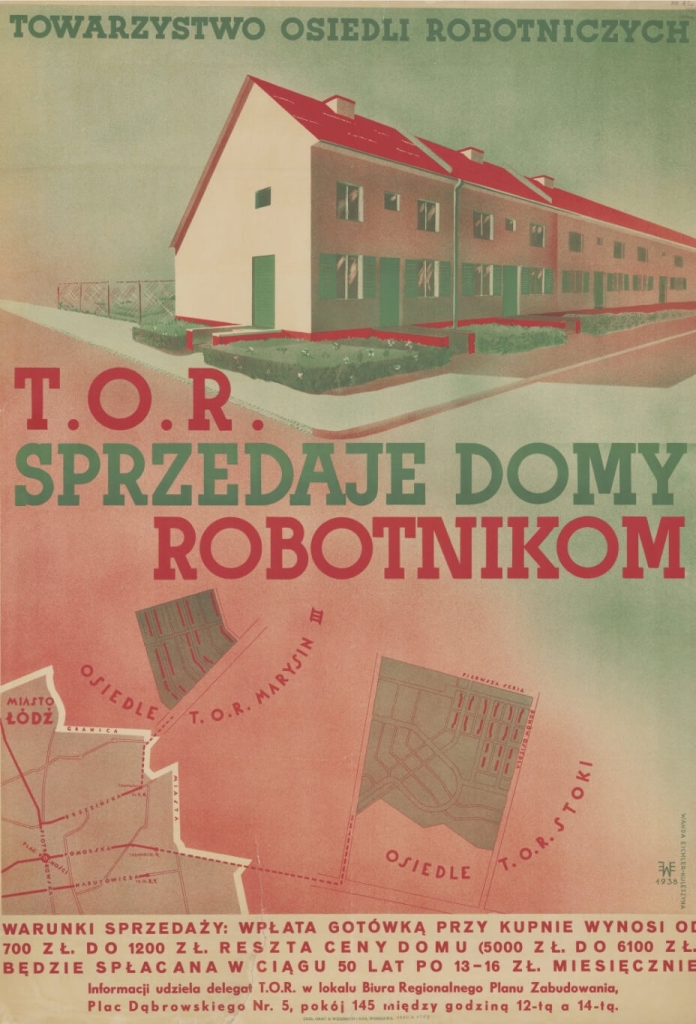
Construction loans granted by BGK in the interwar period were the second largest (after financing state institutions and enterprises) sphere of the bank’s lending activity. In addition, the institution parcelled out state-owned land in many Polish cities and sold plots of land suitably prepared for housing development.
The bank also subsidised a building advice centre run by the Polish Housing Reform Society and organised architectural competitions, the results of which were published in the form of catalogues. Apart from meeting housing needs, construction lending was also regarded as one of the tools for stimulating economic prosperity.
BGK was at the same time the largest shareholder of the Workers’ Housing Association (TOR), founded in 1934. TOR’s statutory objective was to build housing, intended for middle- and lower-income workers, with a particular focus on labourers. Thanks to construction loans from BGK, 156,432 flats were built by the end of 1938. A drop in the ocean, but a necessary one.
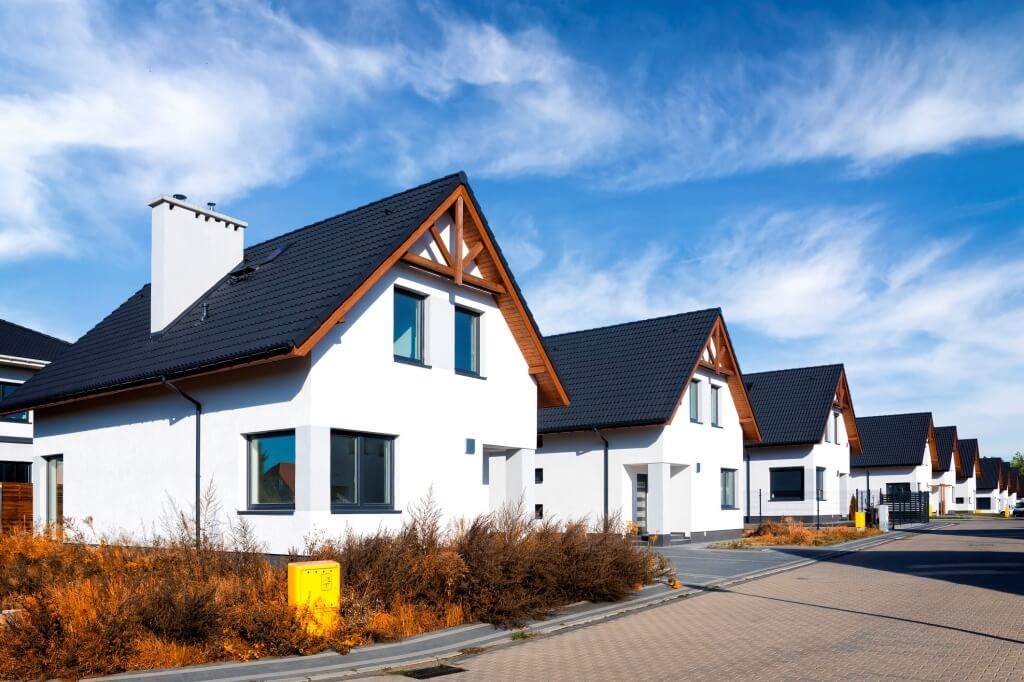
The idea of supporting housing development returned to BGK after its reactivation in 1989. The focus of BGK’s attention is municipal housing and social rental housing. In 1995, the National Housing Fund was launched, from which BGK financed the construction of 99,000 units, including 82,000 in social housing associations (TBS). After 2009. BGK finances support for TBSs. Since 2015, the funding for the development of social housing SBC loans has come partly from loans granted by the European Investment Bank (EIB) and the Council of Europe Development Bank (CEB). The interest rate preference is covered by the state budget. The programme is open to social housing associations (TBS), social housing initiatives (SIM), housing cooperatives and municipal companies.
